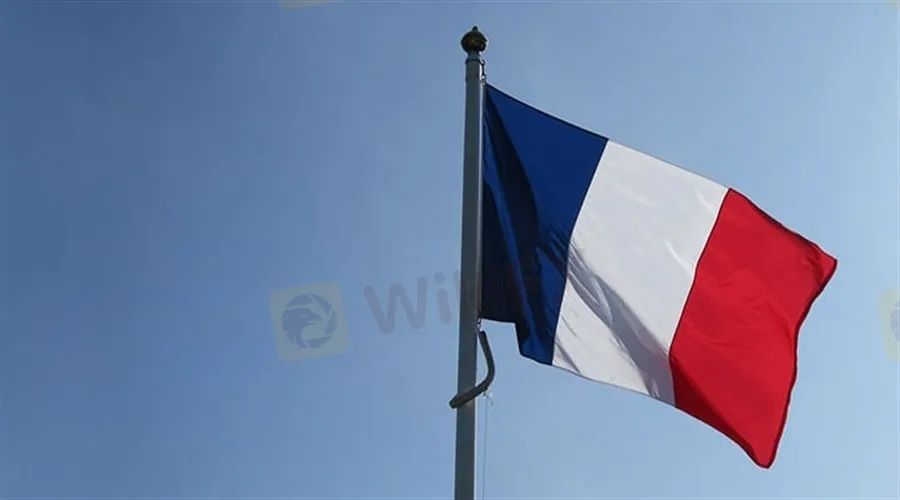简体中文
繁體中文
English
Pусский
日本語
ภาษาไทย
Tiếng Việt
Bahasa Indonesia
Español
हिन्दी
Filippiiniläinen
Français
Deutsch
Português
Türkçe
한국어
العربية
France Added 1.1 Million Retail Investors over Last 3 Years
Abstract:Demand in the retail investment market soared after the pandemic.

The number of equities transactions is hovering around the peak.
The Autorité des Marchés Financiers (AMF), which oversees the French financial markets, revealed that more than one million new retail investors have entered the equities markets in the country over the previous three years.
“In three years, the AMF has recorded a little over 1.1 million new retail investors on equity markets,” the regulator stated. “Transaction volumes remained close to the high levels recorded in 2020.”
The regulator found out that the demand in the French retail equities market remained high throughout 2021. Around 1.6 million individuals in the country placed at least one buy or sell order last year, which is 19 percent higher than the previous year.
The demand peaked in the second quarter with several public offerings in the French capital markets. In the following two quarters too, the retail demand remained solid with approximately 743,000 active investors in the final quarter of the year.
Around the Peak
The number of retail transactions on French equities touched almost 13 million in the fourth quarter of 2021 with the yearly figures at more than 55 million.
The report further detailed that 217,000 investors last year were either first-time investors or were inactive since January 2018. “The flow of new investors remained steady but seems to have leveled off at around 50,000 per quarter,” the AMF stated.
These statistics were revealed over a month after the French regulator revealed that the number of retail investors has significantly increased since the start of the pandemic. It also pointed out the rapid growth of neo banks in the country.
Then, the regulator also pointed out that the average age of French retail investors dropped below 50 years since 2018, while it stood at 36 years old when only neo-broker platforms are considered.

Disclaimer:
The views in this article only represent the author's personal views, and do not constitute investment advice on this platform. This platform does not guarantee the accuracy, completeness and timeliness of the information in the article, and will not be liable for any loss caused by the use of or reliance on the information in the article.
Read more

Will the Euro and US Dollar Reach Parity in 2025?
Euro-dollar parity sparks debate again as 2025 approaches, with multiple factors shaping the exchange rate outlook.

US Dollar Surge Dominates Forex Market
The global forex market continues to show volatility, with the U.S. dollar fluctuating last week but overall maintaining a strong upward trend. How long can this momentum last?

Oil Prices Soar for 5 Days: How Long Will It Last?
Last week, the global oil market saw a strong performance, with Brent crude and WTI crude prices rising by 2.4% and around 5% respectively. Oil prices have now posted five consecutive days of gains. But how long can this rally last?

How Big is the Impact of the USD-JPY Rate Gap on the Yen?
The U.S. Federal Reserve's repeated rate cuts and the narrowing of the U.S.-Japan interest rate differential are now in sight. So, why is the U.S.-Japan interest rate differential so important for the yen’s safe-haven appeal, especially when global economic uncertainty rises?
WikiFX Broker
Latest News
Good News Malaysia: Ready for 5% GDP Growth in 2025!
How to Automate Forex and Crypto Trading for Better Profits
Is the stronger dollar a threat to oil prices?
Rising Risk of Japan Intervening in the Yen's Exchange Rate
Standard Chartered Secures EU Crypto License in Luxembourg
How Far Will the Bond Market Decline?
U.S. to Auction $6.5 Billion in Bitcoin in 2025
Trading Lessons Inspired by Squid Game
Is Infinox a Safe Broker?
How Did the Dollar Become the "Dominant Currency"?
Currency Calculator






